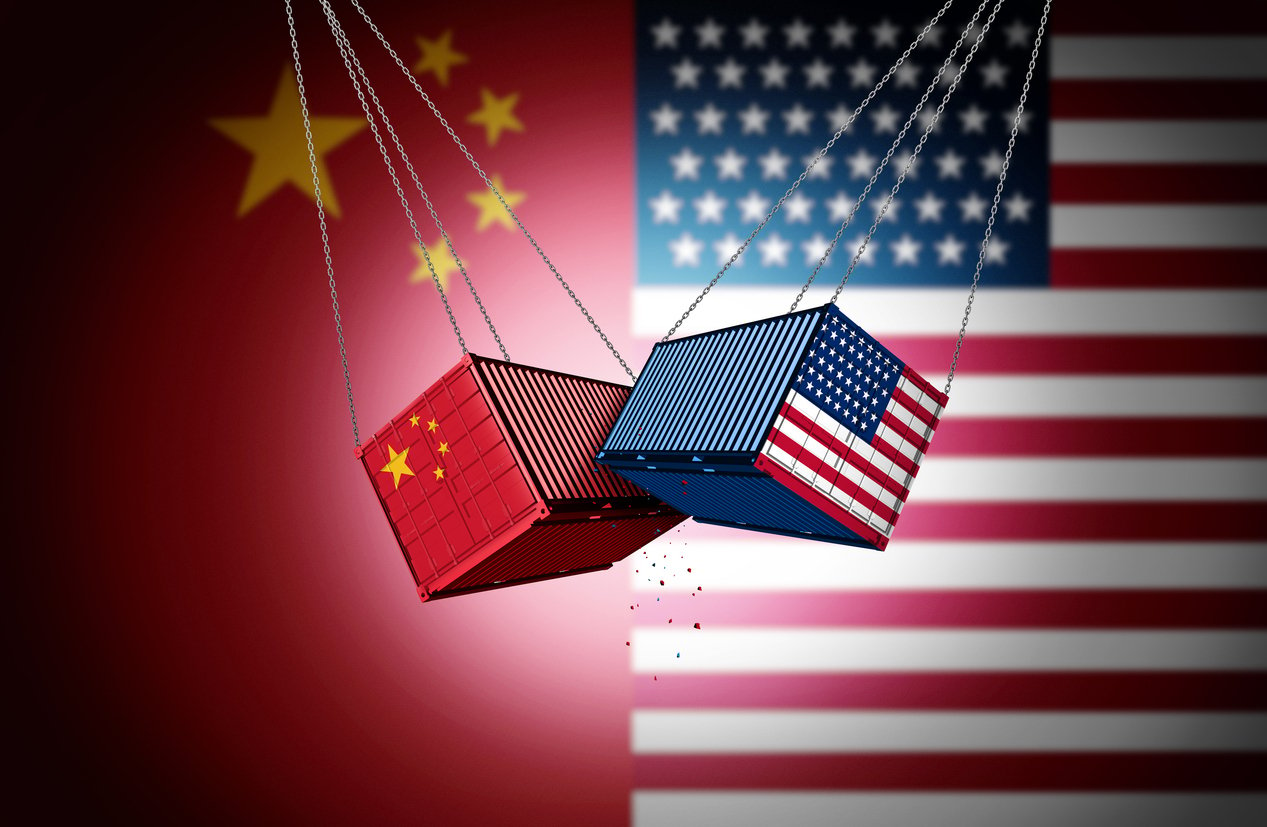Broughton's Chief Scientific and Regulatory Officer Dr. Nveed Chaudhary talks to leading sector publication Tobacco Asia about Next-Generation Products (NGPs) and how manufacturers can ensure their...
How Tariffs Are Reshaping the Reduced-Risk Nicotine Industry
Nicotine

Apr 24, 2025 | Published by Broughton
Nicotine
As global economic dynamics shift, the reduced-risk nicotine industry, already contending with complex regulatory environments, is increasingly feeling the ripple effects of geopolitical tensions. Among the most disruptive of these is the tariff war between the United States and China. Once confined to traditional sectors like steel and agriculture, this economic standoff is now ensnaring the world of vaping and other next-generation nicotine products. The implications for manufacturers, importers, and consumers are profound, and the road ahead looks anything but predictable.
The Escalation of Tariffs on Chinese Vapes
In late 2023, the US Trade Representative’s Office reinstated Section 301 tariffs on a range of Chinese imports, including electronic nicotine delivery systems (ENDS) such as vapes. Initially exempted in 2019, these products are now subject to a 25% duty, reflecting growing US-China trade tensions.
This development comes at a time when US demand for closed-system vaping products remains high, with Chinese manufacturers dominating the supply chain. As well as Chinese brands being impacted, many major global brands that manufacture in China are offering devices and components at a scale and price few others can match. The sudden tariff reinstatement, therefore, represents a direct cost burden on American importers and, by extension, consumers.
Supply Chain Disruption and Rising Costs
The immediate impact of the tariffs is financial. Importers must now either absorb the extra costs or pass them on. This has already led to price hikes on several mainstream products, potentially pushing some consumers back to combustible cigarettes, a result contrary to public health goals.
But beyond pricing, the longer-term concern is supply chain disruption. Many US-based brands rely on contract manufacturing in China. With tariffs in place, some are now exploring alternative manufacturing hubs such as Vietnam, Indonesia, or Mexico. However, relocating production is neither quick nor straightforward, especially for companies operating in regulated markets like the US. Without the right controls in place, changes in manufacturing can result in a product that regulators may view as materially different. This could risk the product being treated as a new or adulterated tobacco product, triggering additional regulatory requirements. Ensuring continuity in product composition, quality, and compliance is critical, and it’s where expert support can make all the difference.
Strategic Responses from Industry Players
Some companies are adopting a "China plus one" strategy, maintaining a base in China while developing capacity elsewhere to hedge against future geopolitical shocks. Others are lobbying for exemptions or reconsiderations based on public health grounds, arguing that ENDS and other reduced-risk nicotine products should not be treated the same as luxury consumer goods or traditional tobacco.
There's also a renewed focus on domestic innovation. US firms are investing in R&D and manufacturing facilities at home, but this comes at a cost and timeline that smaller players may struggle to sustain. The regulatory compliance burden in the US, especially under the FDA’s premarket tobacco application (PMTA) framework, adds another layer of complexity.
A Warning Sign for the Broader Reduced-Risk Category?
The reinstated tariffs on vapes may also foreshadow similar policies targeting other reduced-risk nicotine products such as heated tobacco and nicotine pouches. These categories, while not yet hit with specific trade duties, often share supply chain characteristics with ENDS, including dependence on Chinese electronics or components. Any further escalation in the tariff war could disrupt these segments just as they’re gaining market traction and regulatory clarity.
A Global Industry Held Hostage by Trade Policy
The current situation is a stark reminder that the fate of the reduced-risk nicotine industry doesn’t lie solely in public health science or regulatory approval; it’s also deeply entwined with international politics and economic strategy. Tariffs, once viewed as distant concerns for sectors like automotive or tech, are now shaping how nicotine products are manufactured, priced, and distributed.
From manufacturers and distributors to harm reduction advocates, the message is clear: global trade policy must now be considered a key strategic risk. Navigating this environment will require flexibility, diversification, and a proactive stance on both policy and supply chain planning.
Tariff pressures and supply chain shifts are driving many reduced-risk nicotine companies to reconsider their manufacturing locations. Broughton provides expert support to ensure PMTA compliance is maintained throughout these transitions.
Get in touch to keep your regulatory strategy on track while adapting to global change.



